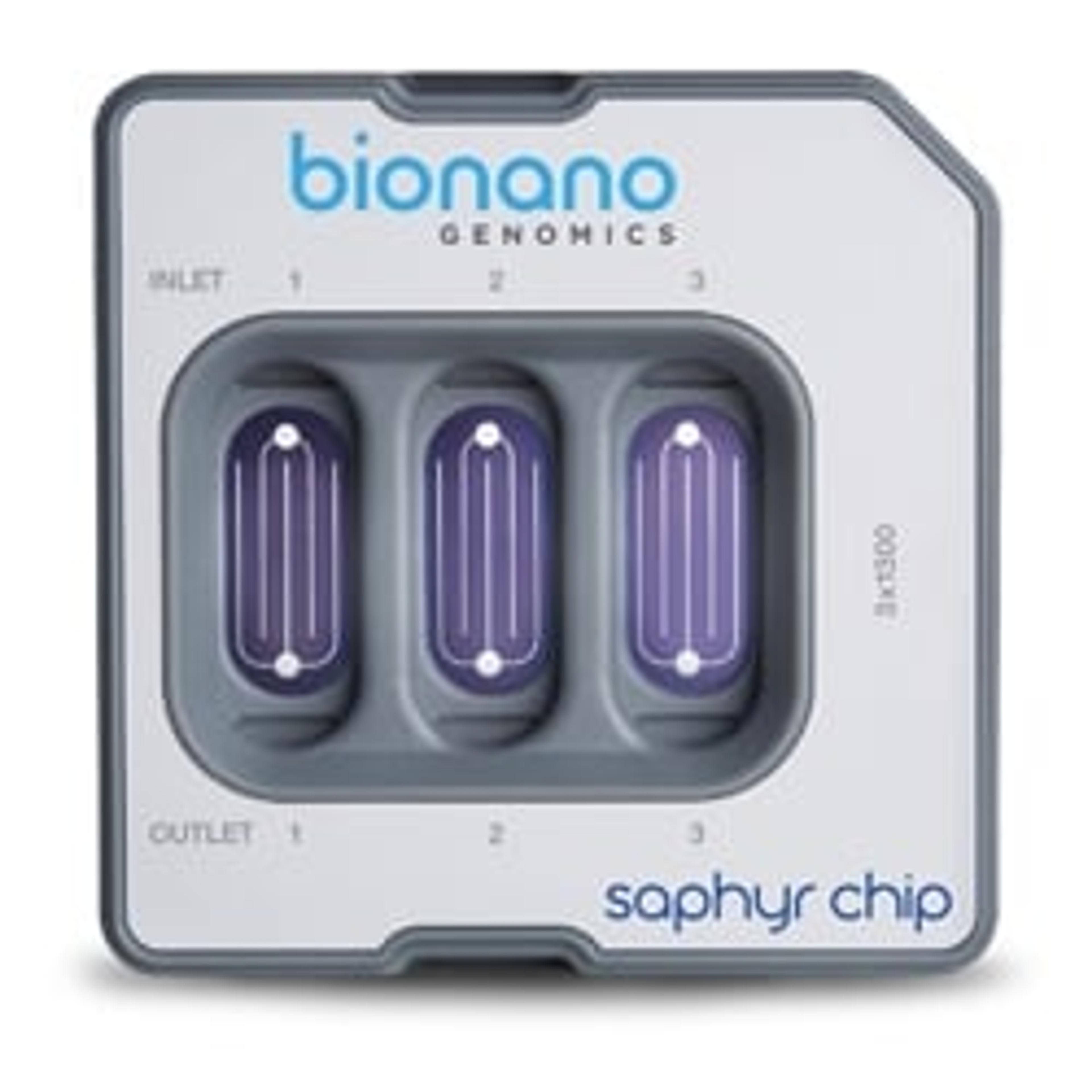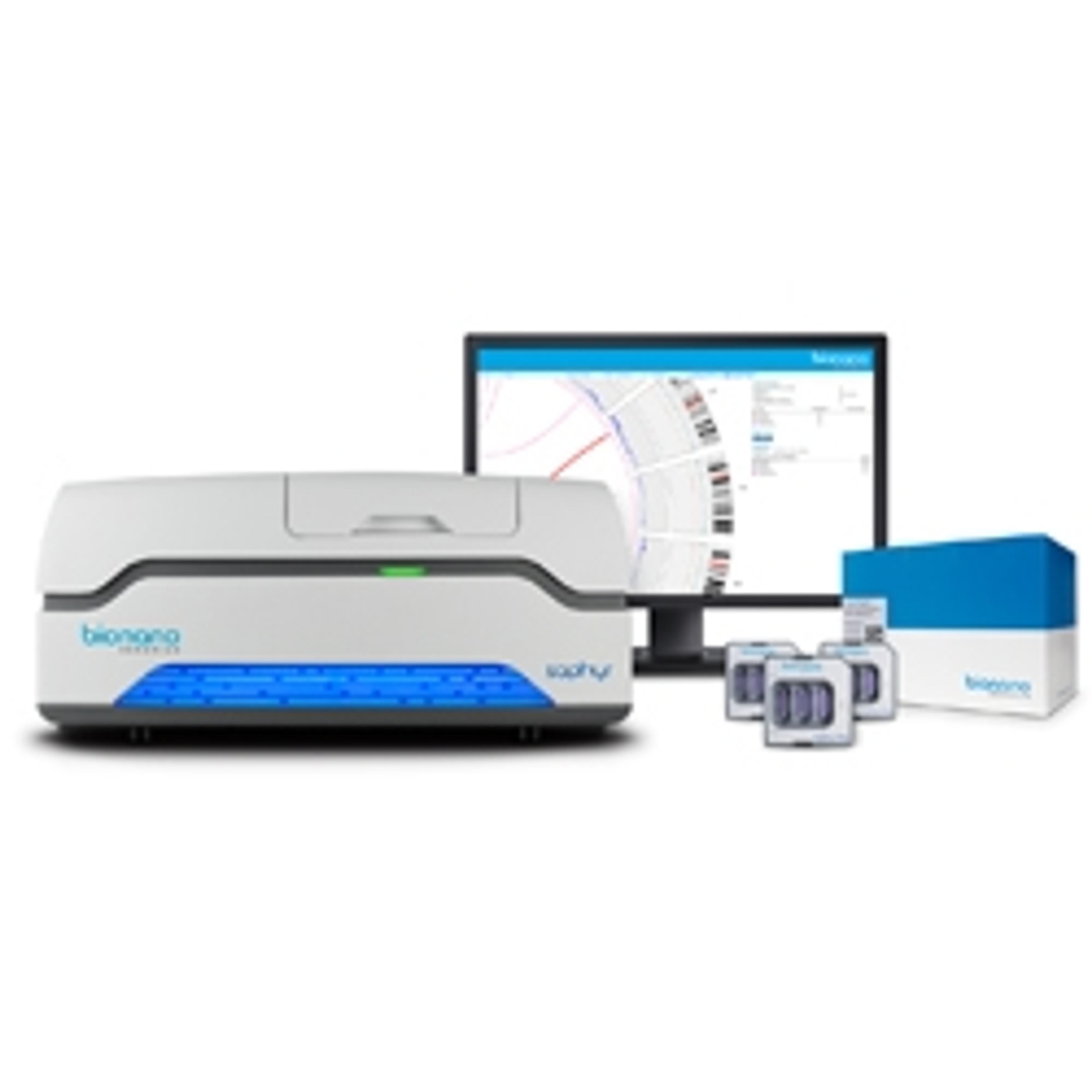International consortium expands COVID-19 susceptibility research with Bionano genome imaging
Saphyr’s extremely sensitive structural variation detection technology will be used to analyze samples from COVID patients from dozens of clinical sites throughout North America and Europe
26 Jul 2020
Bionano Genomics, Inc. has announced that a recently formed international consortium of clinical and research sites is using its Saphyr genome imaging system to identify genomic variants that influence resistance or sensitivity to the SARS-CoV-2 virus, or COVID-19 disease progression and drug response. The consortium is comparing the genome structures of those patients who show no or mild symptoms and those who show severe illness, while controlling for the known risk factors of age and chronic illness such as asthma, heart disease, diabetes, or other immune-compromising disease. The team plans to analyze at least 1,000 patient genomes with Saphyr.
The consortium was founded by Dr. Ravindra Kolhe, the Vice-Chair of Pathology and Section Chief of Molecular and Genetic Pathology at Augusta University and Dr. Alka Chaubey, Scientific Director for the Georgia Esoteric & Molecular Lab at Augusta University. Additionally, it consists of co-investigators from Baylor College of Medicine, Boston’s Children's Hospital of Harvard University, Children’s National Medical Center, Columbia University, George Mason University, MD Anderson Cancer Center, the National Cancer Institute, Oregon Health and Science University, Rockefeller University, San Francisco State University, Sanford Burnham Prebys, UC San Diego, UC Santa Cruz, and Virginia Commonwealth University, with many more in the process of joining.
A number of companies have committed to supporting this effort as part of a global Tech Against Covid initiative. Rescale, the High-Performance Computing cloud platform fully integrated with Saphyr, and Amazon, a leading provider of on-demand cloud computing, are donating compute time for the Bionano data analysis. Genoox, the platform for annotation and classification of genomic variants, is donating its compute resources to analyze available sequencing data combined with Bionano’s structural variation calls for an integrated analysis of small and large genomic variants.
Initial unpublished findings from the first 30 patients that have been analyzed show that Saphyr detects large amounts of structural variation in many putatively relevant genes, demonstrating that point mutations alone are unlikely to explain disease differences between patients. Bionano’s Saphyr system is expected to provide the crucial structural variation data needed for a full understanding of genome structure in patients.
Dr. Ravindra Kolhe, founder of the consortium commented: “We strongly believe that Bionano’s Saphyr platform is uniquely capable of identifying variants that play an important role in regulating COVID-19 in patients, and may be able to explain some of the extreme variation in disease severity and progression that we see in patients. Other studies of the host genome are based on short-read sequencing or SNP-microarrays, and those technologies are unable to detect and account for the large amounts of structural variation that’s present in clinically important regions of the genome. We are hopeful that our initial results will translate into discoveries that truly advance our understanding of this devastating disease, and will improve our ability to treat the sickest patients.”
Erik Holmlin, PhD, CEO of Bionano Genomics commented: “The COVID-19 Host Genome Structural Variation Consortium is an important expansion of Bionano’s efforts to help the scientific and medical community in the development of novel, targeted, antiviral therapies or vaccines. We believe that Bionano’s genome imaging technology is the only technology capable of detecting the structural variants that could protect against or predispose patients to the viral infection and influence the severity of the disease. We are thrilled that our technology is being used in a global effort to help bring this pandemic to a halt.”
Want more of the latest science news straight to your inbox? Become a SelectScience member for free today>>


